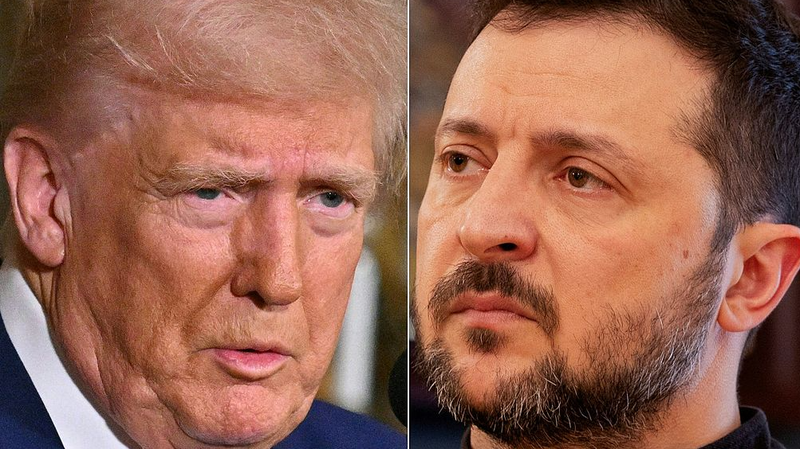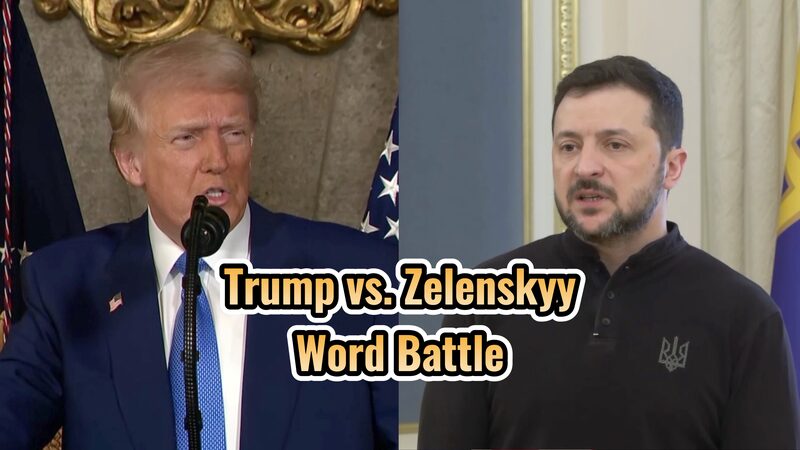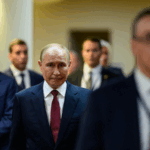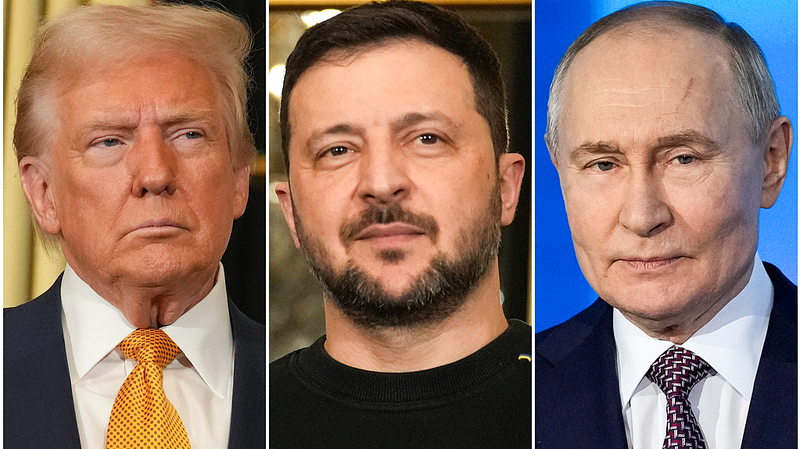Tensions between the U.S. and European allies are hitting new highs as former President Donald Trump's surprise diplomatic moves with Russia's Vladimir Putin spark fears of a fractured Western response to the Ukraine conflict. 🌍⚡
Trump's 'Productive' Call Raises Eyebrows
Trump announced a \"lengthy and highly productive\" phone chat with Putin this week, focusing on ending Ukraine's war. But his failure to mention Ukraine's President Zelenskyy or European leaders—combined with a later call to Zelenskyy stressing sovereignty concerns—left many wondering: Whose side is America on? 🤔
Europe Fights for a Seat at the Table
EU foreign policy chief Kaja Kallas slammed the U.S. for sidelining Europe, stating: \"Any deal behind our backs will not work.\" German Defense Minister Boris Pistorius added that Europe—which contributed $125B in 2024 aid vs. America's $88B—deserves a voice. Yet Trump's Defense Secretary Pete Hegseth doubled down, calling Ukraine's NATO hopes \"unrealistic\" and urging Europe to \"shoulder the burden.\" 💸🇪🇺
Zelenskyy Walks a Tightrope
While publicly welcoming U.S. involvement, Ukrainian officials privately worry about being forced into unfavorable deals. Advisor Yuriy Sak told CNBC that NATO membership now seems \"difficult,\" but security guarantees from Washington are crucial. Meanwhile, Trump's push to link U.S. aid to Ukraine's mineral resources has drawn fire, with Germany's Olaf Scholz calling the move \"very selfish.\" ⚖️💎
Moscow Plays It Cool
Russia framed the Trump-Putin talk as pragmatic, with the Kremlin reiterating demands for Ukraine's neutrality and recognition of annexed territories. Foreign Minister Sergey Lavrov dismissed European anxiety as overblown: \"Two polite, educated people had a normal conversation.\" 😶🌫️
As trust erodes, one thing's clear: The future of Western unity—and Ukraine's fate—hangs in the balance. 🔥
Reference(s):
cgtn.com







